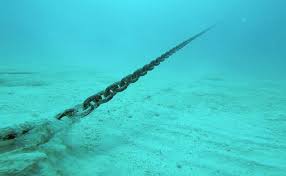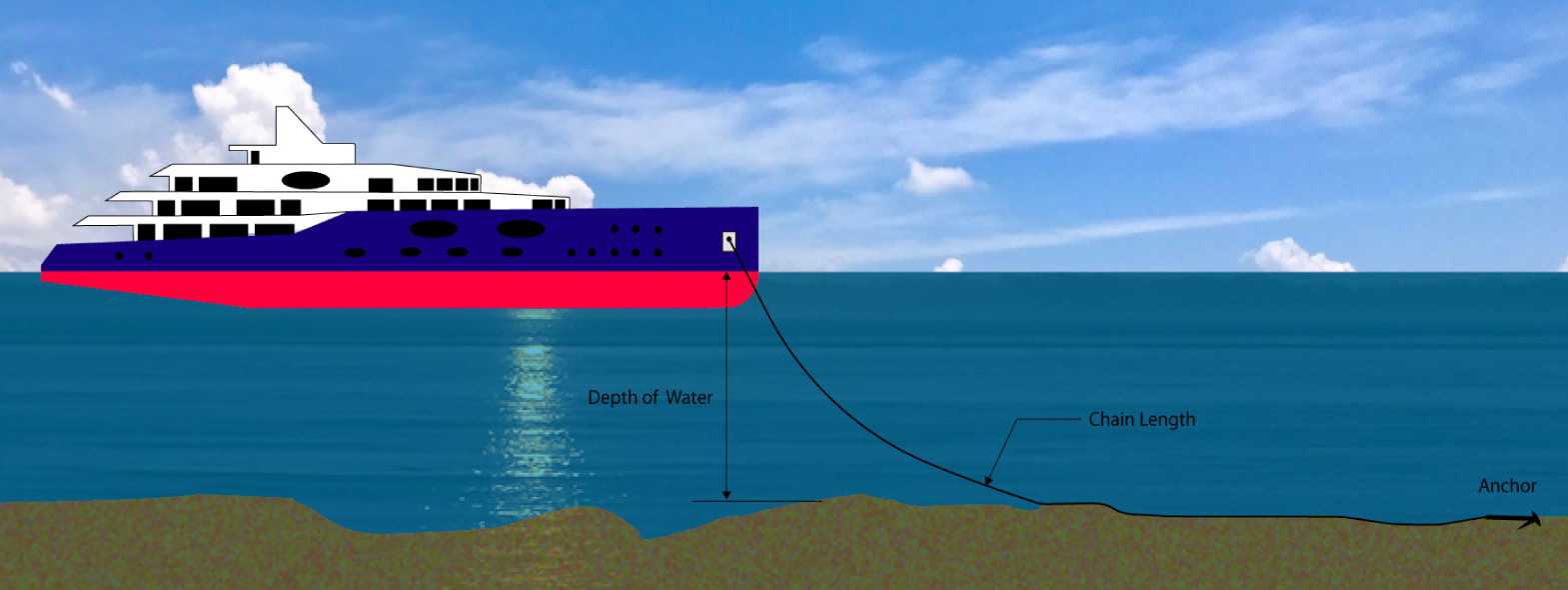Defence Minister Judith Collins has lashed out at what she calls "deeply misogynist" comments about the sinking of the HMS Manawanui and its captain, Commander Yvonne Gray.
She said that Gray has been attacked online since the sinking of the ship off the coast of Samoa over the weekend.
Collins said a "deeply concerning misogynist narrative reared its head before our people had even made it home to New Zealand".
A Court of Inquiry has been already planned to examine the cause of the wreck, she said.
"The one thing that we already know did not cause it was the gender of the ship's captain, a woman with 30 years of naval experience who made the call to get her people to safety.
"I'm appalled to see the comments online from these armchair admirals, people who will never have to make decisions which mean life or death for their subordinates."
Collins said she had heard female defence force officials were being "abused in the street" over this incident.
Collins has also spoken on the clean-up efforts, saying that much of the work was going well.

"While this remains an incredibly serious incident, and it will be for a long time to come, it is tracking as well as we could hope for at this point."
New Zealand's deputy chief of navy says there are no oil leaks coming from the sunken Manawanui, but that officials are monitoring the situation closely.
His comments conflict with Samoa's Marine Pollution Advisory Committee deep sea divers, who have confirmed the sunken vessel is leaking diesel fuel into the ocean, off the south coast of Upolu.
READ MORE
- Peters expects inquiry findings to be made public
- 'Distressing' scene as divers head to site of HMNZS Manawanui
- Let's not keep running down our defence force
- HMNZS Manawanui sinking: New Air Force Hercules suffered bird strike during take-off for Samoa
The ship was carrying about 950 tonnes of diesel at the time it hit the reef on Saturday night, caught fire and then sank early on Sunday morning.
The committee is also reporting drone video and stills photography have confirmed the wreck is emitting contaminants into the water.

However, Commodore Andrew Brown told Morning Report his latest update Thursday morning was that the oil was contained.
"The fuel is contained within its fuel tanks and we've got no indication of any leaking coming from those tanks," Brown said.
This is being monitored very closely daily and New Zealand divers will be assessing the fuel status Thursday, he said.
He said he was working very closely on the ground with Samoan government officials.
RNZ reporter Louise Ternouth is on Samoa's southern coast and went out on the water with the defence force on Wednesday.
READ MORE
- Manawanui sinking: Quick action key to containing damage - scientist
- Navy ship may have lost power before running aground, Collins says
- Manawanui sinking: Crew and passengers returning to New Zealand
- Defence Minister: ‘This is a ship that, unfortunately, is pretty much gone’
"Before we were even told we had reached where the vessel was - which took up to an hour to get out there - you could smell it, you could smell the pungent petrol fumes and we knew we were in the right spot.
"We also saw an oil slick on the water which the New Zealand Defence Force maintains is residual fuel from the initial sinking."
On Tuesday Chief of Navy rear admiral Garin Golding said at that point no leak was confirmed but "we anticipate if there is oil coming ashore it's definitely going to be from Manawanui so our efforts are going to be on supporting the Samoan government with environmental impacts".
Residents in Samoa fear potential oil or chemical spillage from the Manawanui could be disastarous for the local environment and businesses.
Local Manu Percival told Morning Report earlier this week the mess would have a huge effect on tourism, along with on local communities as the area was used for food and surfing, and is a home for marine life.
Manager at Coconuts Beach Club at Maninoa, Brian Rose, said the lagoon has a sizeable turtle population - a major tourist attraction.
This is being monitored very closely daily and New Zealand divers will be assessing the fuel status Thursday, he said.
He said he was working very closely on the ground with Samoan government officials.
RNZ reporter Louise Ternouth is on Samoa's southern coast and went out on the water with the defence force on Wednesday.
"Before we were even told we had reached where the vessel was - which took up to an hour to get out there - you could smell it, you could smell the pungent petrol fumes and we knew we were in the right spot.
"We also saw an oil slick on the water which the New Zealand Defence Force maintains is residual fuel from the initial sinking."
On Tuesday Chief of Navy rear admiral Garin Golding said at that point no leak was confirmed but "we anticipate if there is oil coming ashore it's definitely going to be from Manawanui so our efforts are going to be on supporting the Samoan government with environmental impacts".
Residents in Samoa fear potential oil or chemical spillage from the Manawanui could be disastarous for the local environment and businesses.
Local Manu Percival told Morning Report earlier this week the mess would have a huge effect on tourism, along with on local communities as the area was used for food and surfing, and is a home for marine life.
Manager at Coconuts Beach Club at Maninoa, Brian Rose, said the lagoon has a sizeable turtle population - a major tourist attraction.
While I like to have a good joke and I usually speak my mind... here in this case I will wait till the court of inquiry has released its findings before I pass judgment and I will try not to speculate.
I am not going to speculate, like a lot of people have started doing on the internet (Especially YouTube, Twitter and Fakebook comments). Including simple questions like; if you had a power failure why didn't they drop anchor?
Well we also know that there was a fire, however what we don't know was the fire the cause of the power failure? or was the fire after the power failure and the crew were fighting the hull breach and then the fire?
Why didn't they just drop anchor?
You can tell the people that ask these types of questions are have no knowledge of seamanship, never been to sea or any knowledge of how things work on a vessel of this size.
There are multiple reasons why they probably didn't drop anchor. HMNZS Manawanui is roughly in 30 metres of water about a 100ft. Just dropping the anchor and not laying the anchor is not going to do anything and stop the ship from drifting. When a vessel drops anchor, the anchor and chain is more or less laid out on the seabed, the weight of the anchor and anchor chain the the anchor slightly digging in to the seabed keeps the ship in position... (in calm weather ships can still drag anchor in high winds and seas and add in tidal movement makes even more possible to do so) The ship then basically swivels around the anchor chain due to wind and tide...
If the the ship has no power to the engines and or thrusters you can not perform this laying of the anchor chain maneuver and just dropping anchor achieves nothing.

You can't just drop anchor and have a pile of chain on the sea floor and expect it to hold the vessel in position. Also if they were already pretty close to the reef and too close to shore anyway (and or a reef) then you have other issues to consider if you drop anchor ie; the arch the ship will swivel around in the tide and winds and you have the same issue hitting the reef. Other things to consider the depth of water and how much chain you have. Sea, wind and tidal conditions as they were not exactly in a sheltered bay where you would usually anchor. There is more to it than just saying drop anchor.
So how did the Blueridge ferry drop anchor when a they lost power?
They most likely had a forward momentum making a bit easier to lay the anchor and chain and have room to actually maneuver. Also being in the Wellington harbour basin on a calm day depending where they dropped anchor, possible a lot shallower water, (and the case of Manawanui, possibly) not fighting a fire at the same time. Having that room maneuver make a big difference what should be done.
HMNZS Manawanui was most likely station keeping while they were surveying. However again that is a little bit of speculation (and I said I would not do this, however it is an educated guess as I have been on vessels doing surveys.) So if they were station keeping another words keeping the vessel in the same spot or very close to the area so the the don't loose sight of the survey team in the rhib. If this is the case they would be either very slowly patrolling couple of knots back and fourth and or using the thrusters to stay put. If I fire broke out in the engine room and the ship looses power, can't get backups online due to fire... I have a serious situation.
Did Manawanui's crew think they could get the fire under control? Who knows? again I can not speculate what was first.
Not enough water tight compartments?
Manawanui was a civilian vessel, and civil vessels have way less water tight bulk heads and doors to close to have smaller water tight compartments, The don't have the redundancies a war vessel usually have, so if there is a hole in the hull you can't seal off the surrounding bulk heads containing the any hull damage. Most of the civil water tight doors will be below water line (which is obvious) but many don't have water tight stair wells etc... A military vessel has many more water tight bulk heads and doors through out the entire ship including above the water line which can help if a ship starts to keel over or lists and can seal off smaller compartments around effected area of the vessel. Since HMNZS Manawanui was a civilian vessel she did not have this advantage. This same sealing off of smaller compartments around the effect area of the vessel can also help in a fire situation as well.
Safeguard Safeguard Safeguard Fire Fire Fire
Speaking of fire, we know there was a fire, but what we don't know is, was the fire first or vise versa, when, where or how the fire started as of yet, so; Where was the fire? The two most common places a fire could start on a ship is the engine room and the galley followed by the other areas of the ship... if the fire started in the engine room and got out of control then this would easily explain the loss of power and not being able to get onto backup power. Which then lead to a serious of events leading to the stricken vessel on the reef. And I can tell you now fighting a fire at sea is a sailors worst nightmare.
I have heard rumors on the fire... but again I am not going to speculate anything until the court of inquiry releases its findings.





